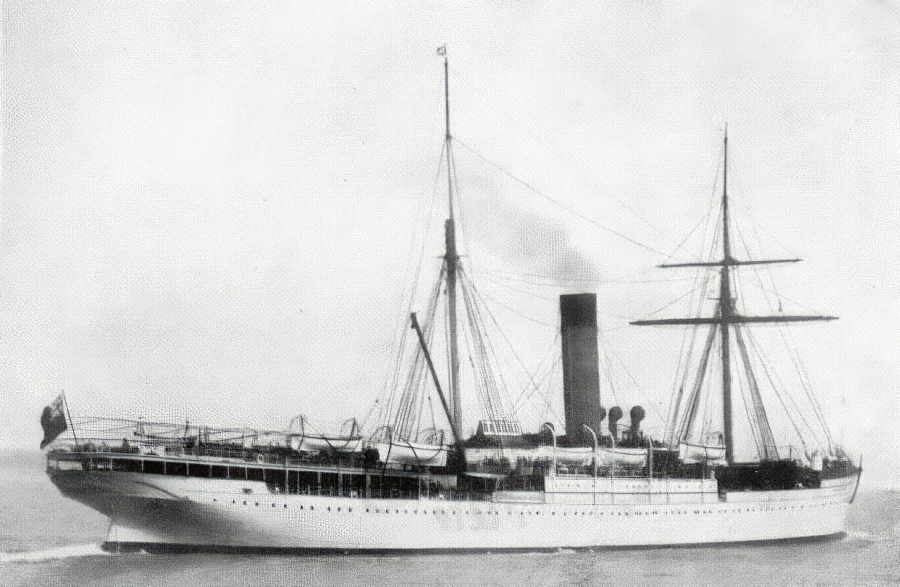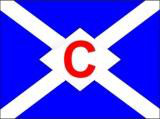Regiment |
Sailed |
Arrived |
|
Prince of Wales’s Own (West Yorkshire Regiment) - 2nd Battalion |
22 October from Southampton |
8 November at Cape Town 11 November at November |
|
Master |
From |
To |
|
Jones |
1883 |
|
|
M P Webster |
1889 |
|
|
J C Robinson |
3/1890 |
1891 |
|
H Rigby |
1892 |
|
|
J B Harrison |
1896 |
9/1897 |
|
J W Creaghe |
10/1897 |
2/1898 |
|
H de la Cour Travers |
1897 |
11/1898 |
|
J Rose |
11/1898 |
1901 |
|
G W Armstrong |
6/1902 |
6/1904 |


|
Vessel |
Built |
Tonnage |
Official No |
Ship Builder |
Engine Builder |
Engine Type |
HP |
Screws |
Speed |
|
Roslin Castle (2) |
1883 |
4280 |
87128 |
Barclay Curle Glasgow |
Compound Steam Triple Expansion Steam |
600 NHP 800 NHP |
1 |
12 |
|






